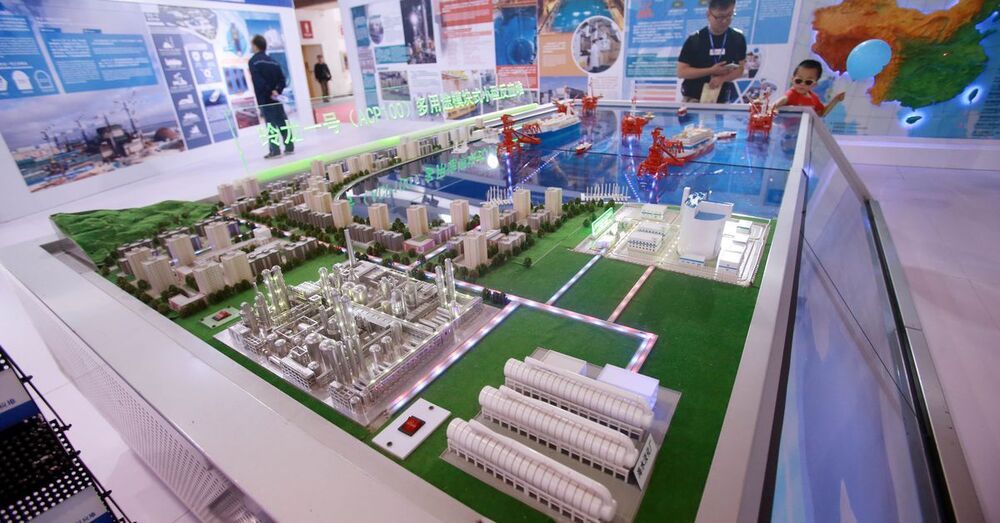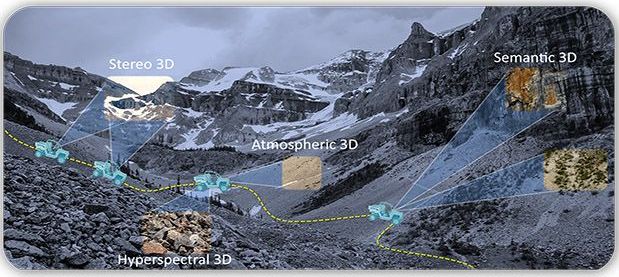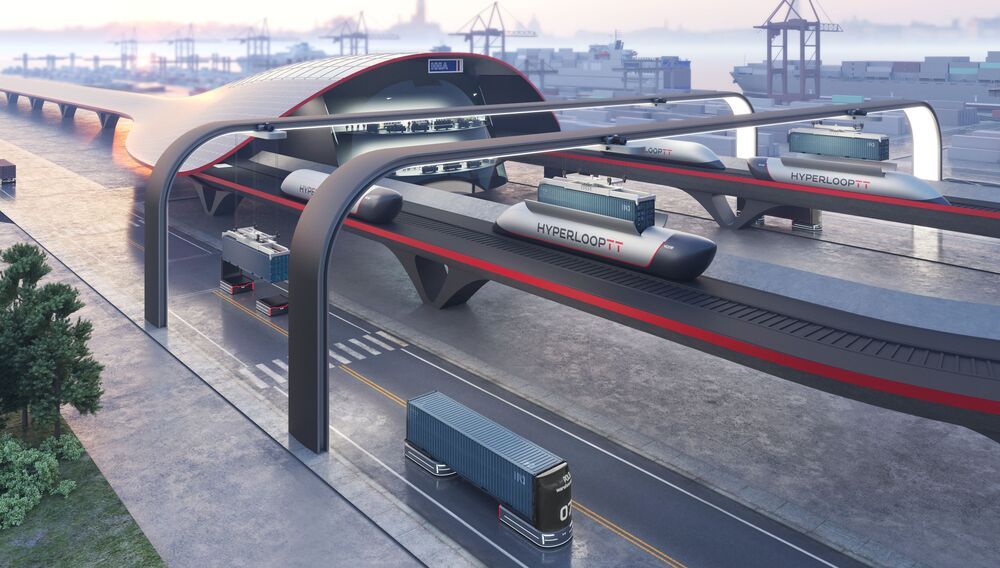Jul 14, 2021
China launches first commercial onshore small reactor project
Posted by Derick Lee in categories: nuclear energy, transportation
SMRs are cheaper and quicker to build than traditional reactors, and can also be deployed in remote regions and on ships and aircraft. Their “modular” format means they can be shipped by container from the factory and installed relatively quickly on any proposed site.
SHANGHAI, July 13 (Reuters) — China has started construction of the first commercial onshore nuclear project using its homegrown “Linglong One” small modular reactor (SMR) design, the China National Nuclear Corporation (CNNC) said on Tuesday, about four years later than planned.
CNNC originally aimed to start building the project at the Changjiang nuclear reactor complex on the island province of Hainan in 2017, but it has been subject to regulatory delays.
Continue reading “China launches first commercial onshore small reactor project” »

















